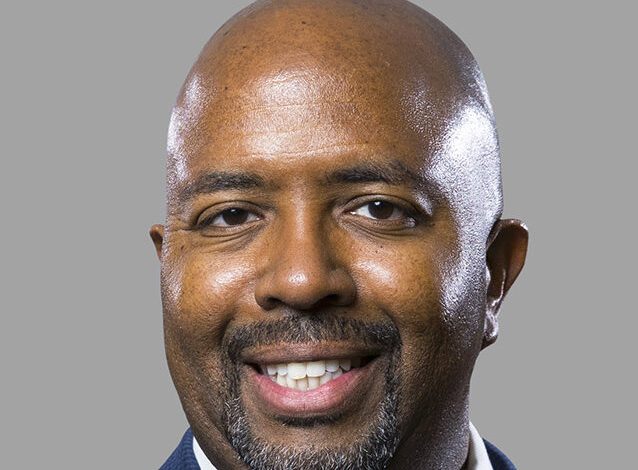Dr. Carl Horton on Managing Risks in the Black Community


Heart disease remains a significant health concern, particularly among Black Americans, who face higher rates of high blood pressure and other risk factors. In this Q&A, with Carl Horton, M.D., F.A.C.C., we delve into the key risk factors for heart disease affecting the Black community and discuss strategies for managing these risks effectively. As a cardiologist, Dr. Horton also explores the importance of recognizing and responding to cardiac arrest, addressing disparities in CPR administration, and promoting recovery and support for individuals who have experienced cardiac events.
Statistics have shown that the frequency of high blood pressure among Black people in the U.S. is among the highest in the world. What are the key risk factors for heart disease that affect the Black community, and how can individuals manage these risks effectively?
That’s a good question. Hypertension is a big risk factor for congestive heart failure in our community. So, a lot of the congestive heart failure in our community is due to hypertension that’s been uncontrolled and high blood pressure. African Americans tend to be more relevant and more severe and usually have more end-organ damage, and particularly, it’s a big cause for kidney disease or end-stage kidney disease in the African American community. So, usually in our community, the main thing is to make sure if we do have high blood pressure that it is treated and treated aggressively to try to get it within normal range. Also, more than likely, we should be getting regular physician appointments, especially at an early age because a lot of us will develop hypertension at an earlier age than other ethnicities. And if it’s untreated for several years, it can lead to significant damage. That’s the first point that I want to make. We also have higher rates of diabetes, of course, in our community, and diabetes is also a big risk factor for coronary artery disease or ischemic heart disease. So, those of us who have family members with type 2 diabetes running in our families, we need to be getting screened. And if you have diabetes, you want to also have that treated.
Recognizing the signs of cardiac arrest is crucial for timely intervention. Could you explain what happens during a cardiac arrest and what symptoms individuals should look out for?
Yes, and usually, it’s when somebody has a cardiac arrest that you want to do aggressive CPR as early as possible because that’s their best chance for survival. So, the main thing is, of course, to recognize that they’re not being responsive and then you want to activate EMS or 911 right away and then start CPR right away, and it should be aggressive CPR.
The New England Journal of Medicine reported that just under 46 percent of Black and Hispanic victims received CPR, compared to 60 percent of their white counterparts. Why do you think there’s a disparity in CPR administration, and how can we improve these numbers?
Yes, that’s a good point. I think the disparity may exist because there’s a lack of education, and people may be hesitant to perform CPR. So, we also need to focus on making sure that people are adequately trained or try to explain their training as much as possible.
RELATED: Cognitive Decline Vs. Dementia: Do You Know the Difference?
As we talk about this lack of education and people being hesitant to perform CPR, can you talk about some of the misconceptions about CPR and if there are any ways to encourage people, especially in the Black community, to learn or take a class so that they have those skills in a moment where it may be needed?
I think maybe one misconception is that it’s hard to do, hard to perform. So, I think that once you go through the training, you see, for the most part, it’s relatively basic. The only thing you really have to adjust is based on the patient’s size, but it’s fairly easy to do once you learn the technique of doing CPR. I think the other thing that I want to mention is that besides just how easy it is, there’s also the concern that people may feel like they’re going to hurt the person further when the patient has a cardiac arrest. Even if you were to cause a rib fracture, that patient still may live and can survive.
After a cardiac arrest, what is the recommended treatment plan for recovery? How can family members and communities support individuals who have experienced cardiac arrest?
I think that’s kind of a multi-faceted answer. So, when somebody actually survives a cardiac arrest, family members kind of have to keep in mind that when you have a cardiac arrest and the heart completely stops working, there’s a transient time where the brain may not receive oxygen. And so, some patients who have actually survived cardiac arrest, sometimes they may have some cognitive difficulties that they didn’t have before, and that’s usually related to having what’s called hypoxic brain injury. So, family members who may be helping to take care of these patients, have to keep in mind that cognitively, some of these patients may not necessarily be the same person that they were in terms of their abilities, and to be very patient. Also, in the acute setting, usually, if a patient survives a cardiac arrest,




